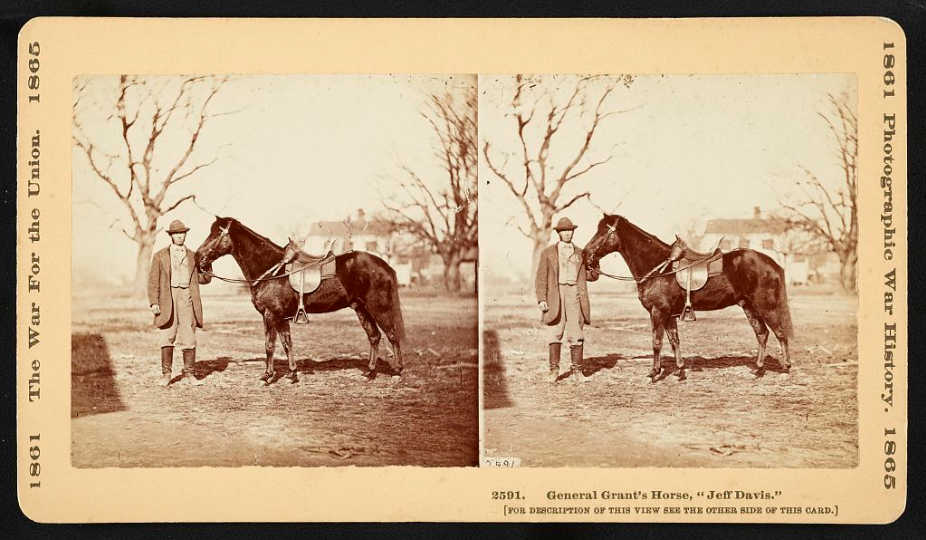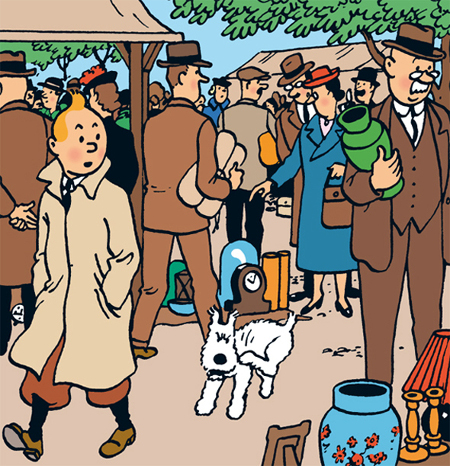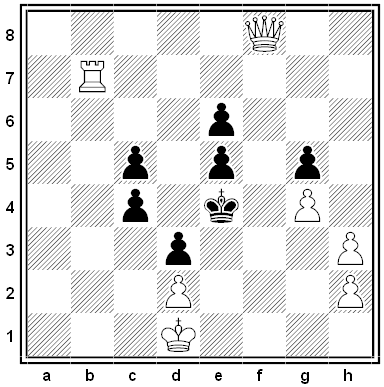The letters in OVERSUFFICIENTLY can be rearranged to spell the English number names for 1, 4, 5, 7, 10, 14, 15, 40, 45, 47, 50, 51, 57, 70, and 74.
The letters in A PLACE FOR EVERYTHING AND EVERYTHING IN ITS PLACE can spell 1, 3, 5, 7, 8, 9, 10, 11, 13, 17, 18, 19, 30, 31, 33, 35, 37, 38, 39, 40, 43, 47, 48, 49, 70, 71, 73, 75, 78, 79, 80, 81, 83, 85, 87, 88, 89, 90, 91, 93, 95, 97, 98, and 99.
And the latter can also spell 26 numbers in the form “one-and-twenty,” from ONE-AND-THIRTY to EIGHT-AND-NINETY.
(Rex Gooch, “Number Names in Words and Phrases,” Word Ways 34:4 [November 2001], 254-258.)




